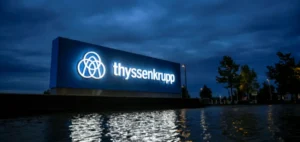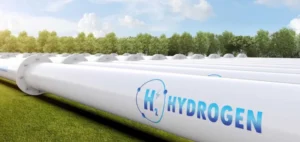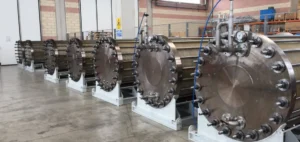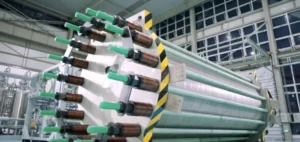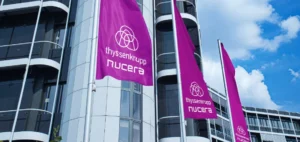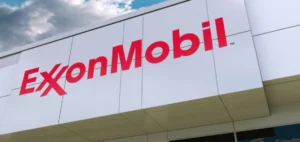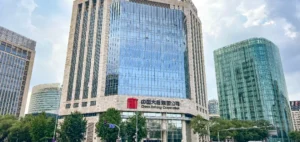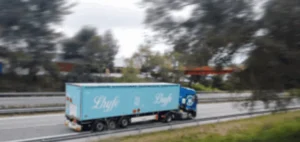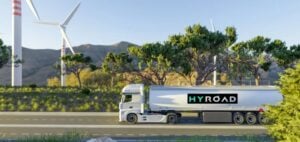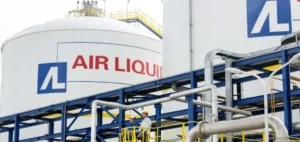The Han-Ho Hydrogen Consortium wants to develop a renewable energy hub in Queensland, Australia. The consortium, launched by Korea Zinc, Hanwha Impact Corp and SK Gas, aims to produce 1 million tons of green ammonia by 2032. This would then be destined for export.
The Han-Ho Hydrogen Consortium has the ambition to build 3 GW of renewable energy capacity in Collinsville. The electricity will be used to power electrolyzers that produce renewable hydrogen. The latter will be used to produce ammonia for South Korea. The cost of such a project has not been estimated.
The Han-Ho Hydrogen Consortium wants to produce ammonia
Green ammonia is considered a pillar of the energy transition. In fact, in the coming years, its demand is expected to explode. In fact, it would replace coal for electricity production. In addition, it allows for the delivery of renewable hydrogen, which could then decarbonize both transportation and the steel industry.
Yun B. Choi, vice president of Korea Zinc, welcomes the opportunity. He states:
“We look forward to working with our partners to unlock Australia’s potential to become a large-scale producer and exporter of renewable hydrogen and its derivatives, including green ammonia.”
In order to reduce the costs of renewable hydrogen and green ammonia, it is essential to be able to produce the necessary energy directly. In fact, the cost of energy represents about 50% of the cost of the products. For example, Ark Energy, the Queensland-based arm of Korea Zinc, emphasizes the major role of the planned 3 GW.
Daniel Kim, general manager of Ark Energy, explains:
“The scale of this project is unprecedented, but it is absolutely fundamental to supporting industrial-scale production of renewable hydrogen as a feedstock for green ammonia exports.”
However, many challenges lie ahead for the Han-Ho Hydrogen Consortium. It must make a final investment decision in 2027 or 2028. Following this, the construction should last 4 years.









